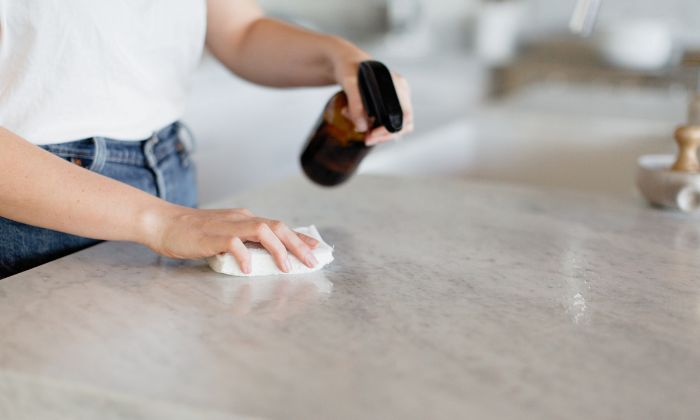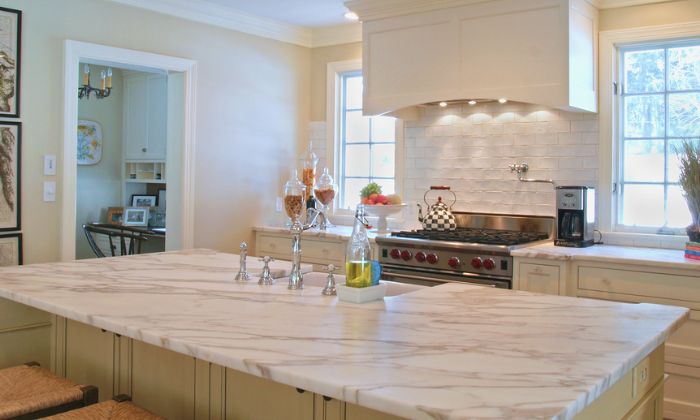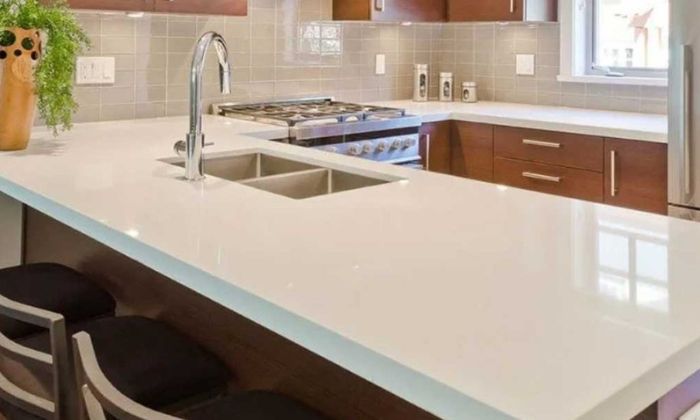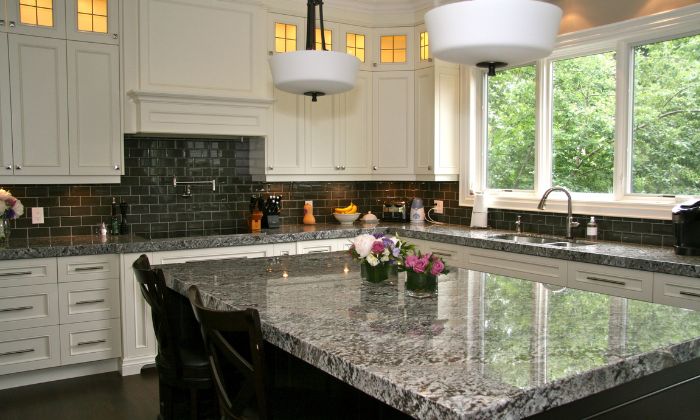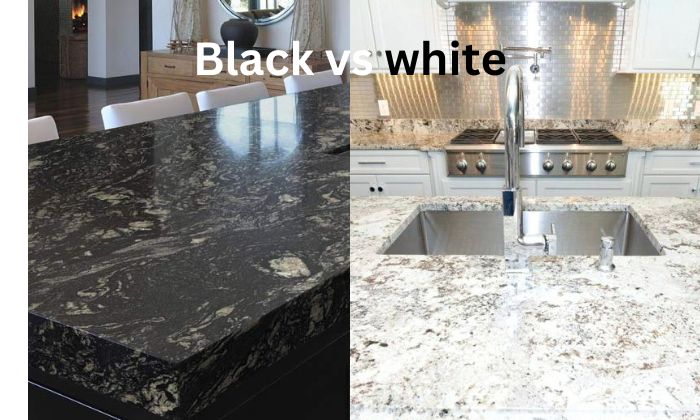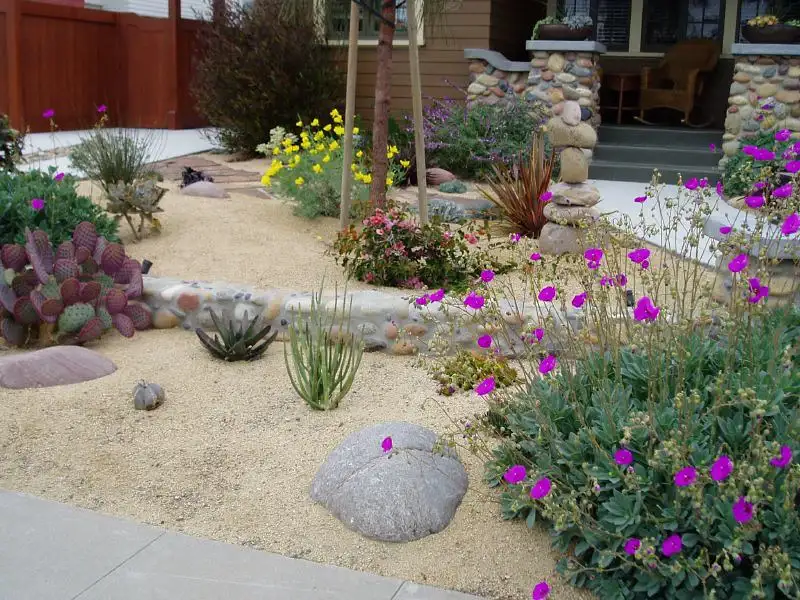how to clean granite countertops
Granite countertops are a stunning and durable choice for kitchens and bathrooms, but they need regular care to keep them looking their best. To maintain their natural shine and longevity, it’s important to follow proper cleaning methods. This guide provides essential tips on how to clean granite countertops effectively and safely, ensuring their pristine appearance is preserved for years to come. By adhering to these cleaning practices, you can protect your granite surfaces and keep them looking beautiful. What You’ll Need For the cleaning of granite countertops you’ll need: Equipment/Tools Materials Best Way to Clean Granite Countertops Granite countertops are a stunning addition to any home, known for their durability and elegant appearance. To maintain their beauty and functionality, it’s essential to clean and care for them properly. Here’s a comprehensive guide on how to clean granite countertops effectively: 1. Sealant Why Sealant Matters Granite is a natural stone that can be porous, meaning it has tiny holes that can absorb liquids. Applying a granite sealant helps to protect these surfaces from stains and spills. The sealant creates a barrier that repels liquids, making it easier to clean granite countertops and maintain their pristine look. How to Apply Sealant Choose a high-quality granite sealer and apply it according to the manufacturer’s instructions. Typically, you’ll want to apply the sealer to a clean surface and let it dry before using the countertop. Reapply the sealant every 6 to 12 months, or as needed, depending on usage and wear. 2. Heat Protection Protecting Granite Surfaces from Heat Granite is heat-resistant but not heatproof. Placing hot pots and pans directly on the granite can damage its surface over time. To avoid this, always use trivets or heat pads under hot cookware. Why It’s Important While granite can handle high temperatures to some extent, continuous exposure to extreme heat can cause thermal shock, potentially leading to cracks or discoloration. 3. Avoid Sharp Objects Preventing Damage Granite countertops are durable, but they’re not impervious to damage from sharp objects. Using knives directly on the granite surface can cause scratches and dull the blades. Instead, use cutting boards to protect both your countertops and your knives. Maintaining the Surface By avoiding sharp objects on granite surfaces, you’ll keep your countertops looking new and prevent unnecessary wear and tear. A good cutting board is a small investment that can save your granite counters from potential damage. 4. Regular Dusting Keeping Granite Clean Dust and debris can scratch the surface of your granite countertops if not regularly removed. Use a soft, dry cloth to dust off the countertops frequently to prevent any buildup of particles. Best Practices Regular dusting helps to keep granite surfaces clean and free from potential abrasive materials. Combine this with a gentle granite cleaner for a thorough cleaning routine. 5. Stain Prevention Dealing with Stains Although granite is relatively stain-resistant, it’s still important to act quickly if spills occur. Avoid using acidic liquids like lemon juice or vinegar, as they can damage the stone. Cleaning and Prevention For everyday cleaning, use warm water and a mild granite cleaner or natural stone cleaning solution. Avoid harsh chemicals or abrasive cleaning products, as they can strip away the sealant and dull the surface. Blot spills immediately with a clean cloth and rinse the area with warm water. How to Clean Granite Countertops Daily Granite countertops are a popular choice for their durability and elegant appearance. To maintain their beauty and functionality, it’s essential to clean granite countertops daily. Here’s a detailed guide on how to do it effectively. 1. Gather Your Supplies For cleaning granite countertops, you’ll need: 2. Prepare Your Cleaning Solution When it comes to cleaning granite, using the right cleaning solutions is crucial. Avoid harsh cleaners that can damage the surface. Instead, opt for a mild dish soap mixed with warm water or a pH-balanced granite cleaner. Avoid vinegar, ammonia, or bleach as these can erode the sealant and damage the granite. 3. Wipe Down the Countertops Dampen a microfiber cloth or sponge with the cleaning solution. Gently wipe the surface of the granite countertops, focusing on areas with spills or spots. If you’re dealing with water spots, the gentle cleaning solution will help lift them without scratching the surface. For daily cleaning, a simple swipe will suffice to remove any crumbs, spills, or smudges. 4. Rinse and Dry After wiping down the countertops with the cleaning solution, it’s essential to rinse the surface to remove any residual soap. Use a clean cloth dampened with plain water to wipe over the granite. This step helps ensure no soap residue is left behind, which can dull the shine over time. Immediately dry the granite countertops with a clean, dry towel or cloth. This helps prevent water spots and ensures that the surface remains shiny and streak-free. Regular drying is especially important for granite surfaces, as standing water can lead to potential damage. 5. Address Stains Promptly If you notice any stains or sticky residues on your granite countertops, address them as soon as possible. For tougher stains, you may need to use a granite-specific stain remover. Always follow the manufacturer’s instructions and test the cleaner in an inconspicuous area first. How to Clean Granite Countertop Stains Granite countertops are prized for their durability and elegance, but they are not immune to stains. Whether it’s sticky spills, water marks, or tough stains, addressing them promptly will help maintain your countertop’s pristine look. Here’s a detailed guide on how to remove stains from granite countertops effectively. Sticky Stains Sticky stains, often caused by spilled syrups, sauces, or other sugary substances, can be challenging to clean. Here’s how to tackle them: 1. Begin by gently blotting the sticky area with a soft cloth or paper towel to remove any excess residue. Avoid rubbing, as this can spread the stain. 2. Prepare a solution of warm water and a few drops of
how to clean granite countertops Read More »

